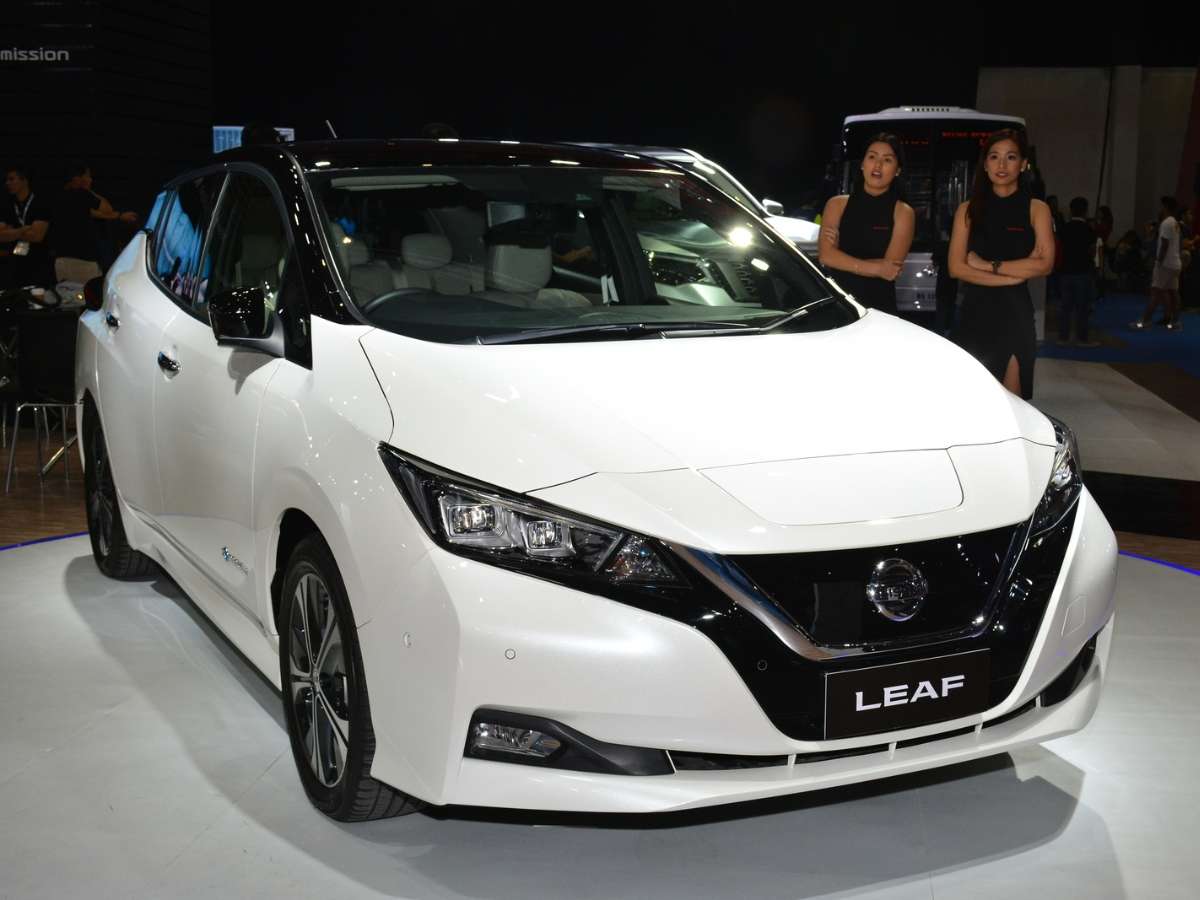Please excuse my ignorance with the Tesla solar systems. I've been gathering Tesla equipment to upgrade my home off grid power system. I do not use much power; most things are running on propane. The TV and washer/dryer are my big power consumers. I do have a shop and run welders (tig and wire feed) weekly, but I have a Miller welder/generator for those instances. I currently have a very SIMPLE 12v system: four 250-watt solar panels going to a charge controller that maintains five 12v AGM batteries. This system does fine so long as the sun is out, however the batteries no longer hold a charge. So now is the time to replace the system and trash the old batteries. I've been trying to gather installation manuals and get a plan for the system. I'm looking for a SIMPLE completely off grid system (grid power is over $73,000 away). If there is a forum better suited to my questions, please send me the link or web address. If someone is willing to give me a call or a phone number that's even better as it will save so much time. I'm currently building an addition to my shop so its a sun up to sun down, eat and sleep life right now. PLEASE only reply if you have positive input with information that will help me get power the easiest way: another forum on another website had a member tell me the powerwall 2 is a better boat anchor than a battery for my situation! That is serious IGNORANCE and total BS!
Here is what I have:
1. sixteen 250-watt 60 cell
2. Powerwall 2 (battery)
3. 7.6 kW PV Inverter (Rapid Shutdown Equipment)
4. Backup Gateway 2
I originally purchased the Powerwall 2 battery thinking I could run my solar panels to it and run the Powerwall 2 to my inverter. That was a year ago and there was absolutely zero support for a DIY guy a year ago! At least now installation manuals can be found online but I'm still confused.
1. What would be the simplest way to utilize the powerwall 2 for an off-grid system?
2. Do I wire the solar panels in series to get to a target voltage? What is this target voltage? is it DC or AC?
3. Does or can the solar panel voltage directly charge the powerwall, or do I need to use the 7.6kW inverter?
4. Does the Backup Gateway 2 need to be used? Can a generator be used in place of the Grid Supply when the battery is discharged?
5. Is it required to hook the system to the internet and register with tesla?
Thanks in advance!
John
775-777-6081
Here is what I have:
1. sixteen 250-watt 60 cell
2. Powerwall 2 (battery)
3. 7.6 kW PV Inverter (Rapid Shutdown Equipment)
4. Backup Gateway 2
I originally purchased the Powerwall 2 battery thinking I could run my solar panels to it and run the Powerwall 2 to my inverter. That was a year ago and there was absolutely zero support for a DIY guy a year ago! At least now installation manuals can be found online but I'm still confused.
1. What would be the simplest way to utilize the powerwall 2 for an off-grid system?
2. Do I wire the solar panels in series to get to a target voltage? What is this target voltage? is it DC or AC?
3. Does or can the solar panel voltage directly charge the powerwall, or do I need to use the 7.6kW inverter?
4. Does the Backup Gateway 2 need to be used? Can a generator be used in place of the Grid Supply when the battery is discharged?
5. Is it required to hook the system to the internet and register with tesla?
Thanks in advance!
John
775-777-6081




